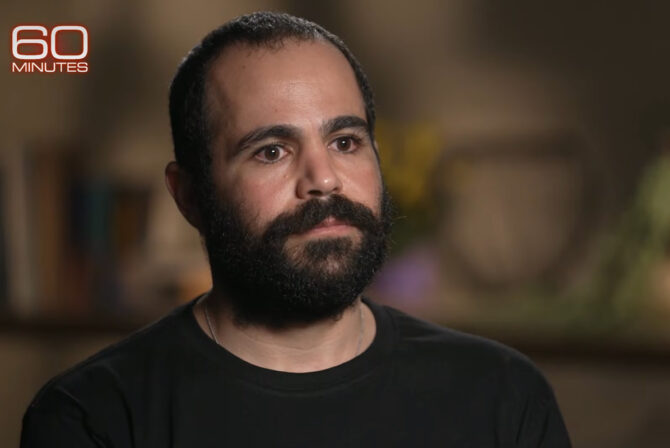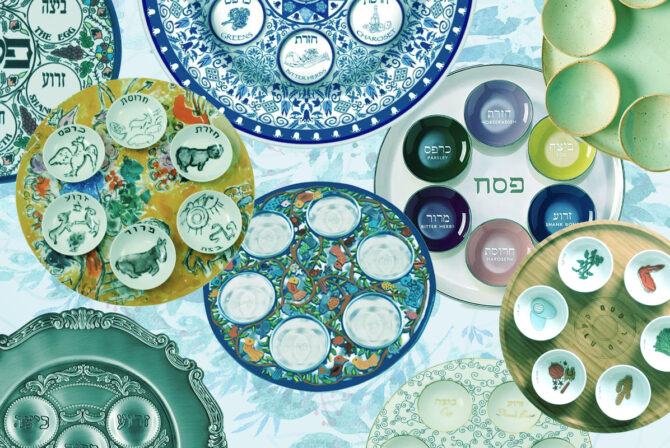While we were putting on the insane amount of snow clothes this past winter, my 4 and 6-year-old started urgently asking about camping. They had never been camping before, but the request continued for several weeks. It was an idea that my husband and I, who had been occasional campers prior to having children, had privately toyed with last summer so, when it came from them, we were happy to oblige. Here’s some tips we picked up along the way:
1. Finding a Campground
Planning a first camping trip for young children can be a little challenging. We asked around, but eventually looked for places just far enough out of the city that there weren’t complaints of raucous campers, but not so far that it was impossible to get to. We chose a place in the Poconos.
The campground we picked was very versatile and affordable. It had tent sites that had no running water, no electricity; other tent sites that had running water and electricity; cabins with space next to it for camping; and RV sites. We chose the non-electricity, non-running water route in an attempt to demonstrate the idea of “real” camping, though it was still car camping.
Each site had a fire pit and a picnic bench and plenty of shade. The ground where we would be pitching our tents was covered in grass, which is easier to sleep on than some of the other campsites we had looked at. This was a very family friendly campground with a pool, some small playgrounds, and a big field for playing soccer or volleyball. But there were also trails and hiking. The bathrooms were clean and had hot showers. This seemed like a good way to ease our kids into the experience.
2. The Tent
One would think that a “four-person tent” would fit four people; it actually means four people all lined up together with little room for anything else. Knowing our four-person tent would no longer work, we got a six-person tent which just fit us. We opened it at home for the kids to try it out. They learned to zip up the tent doors so the mosquitoes didn’t get in and to keep their shoes outside so they don’t track in dirt.
Possibly as a result of this rehearsal, the sleeping situation went a lot better than I expected. We put the kids on the far sides of the tent from each other, with me and my husband in the middle, to avoid the usual stuff of keeping each other awake.
3. Meal Planning
For this first time, we planned to be there for two days and one night. We split up the food responsibilities with our friends: We cooked broccoli and hard-boiled some eggs ahead of time. We planned potatoes and corn, using aluminum foil, and hot dogs on skewers to cook in the fire for dinner, and brought fruit, cereal, juice and milk boxes, and some sandwich makings for lunch the second day. And, of course, we had brought stuff for s’mores (how can you go camping without s’mores?).
The campground had firewood for purchase, so we just brought our matches and fire starter items. While we did bring some potholders and large tongs, we decided that next time, we needed longer skewers that had proper handles so we didn’t burn our hands so much. Other very necessary items were lots of paper towels, bowls, plates, utensils, and on-site water (bottled water will do). We definitely had more food than we needed, but better safe than sorry.
4. Other Things To Pack
Because we knew we would be in the woods, we packed lots of bug spray and suntan lotion. Since we knew it got cool at night, each of us had pants and a sweatshirt. Our sleepwear was all long sleeve and long pants, which actually kept us pretty warm. Daytime wear, however, was still shorts and t-shirts, with our bathing suits and towels all ready. In addition to our sleeping bags, we also packed yoga mats for extra cushioning underneath.
5. Fun Things To Do
We invited some friends along with us to make things more fun. The kids definitely had agendas for what they wanted to do on the trip: sleep in a tent, have s’mores, go swimming, and see stars. Hiking was a little more optional. We swam twice during the weekend. The water was pretty chilly but the kids didn’t care. There was a smaller pool for young kids and a bigger pool—the kids were able to show us the things that they had learned at camp and splash around.
Unfortunately, the cloudy skies didn’t cooperate but the kids were exhausted, anyway, since it was way past their bedtime when it was truly dark enough for stars. Luckily, during a bathroom trip in the middle of the night, the stars were all out and both kids were able to look at them for a minute or two before returning to the tent. Camping bucket list, complete!
6. Ending the Trip
When it was time to leave, we took our garbage with us to the dumping area and tried to leave the area as clean as possible. We made sure to check for ticks when we returned home, just in case, and washed all of the clothes that we had brought, even if we didn’t wear them.
Overall, I felt this was a very successful first camping experience. While we never made it to some actual hiking on the trails, I feel confident that we could convince the kids to do it next time, if they don’t suggest it themselves. They have both already enthusiastically asked to go again. If our daughter getting us up the morning after we returned, saying, “It’s time to get up! I think camping is great!” isn’t a good indication, I don’t know what is.







